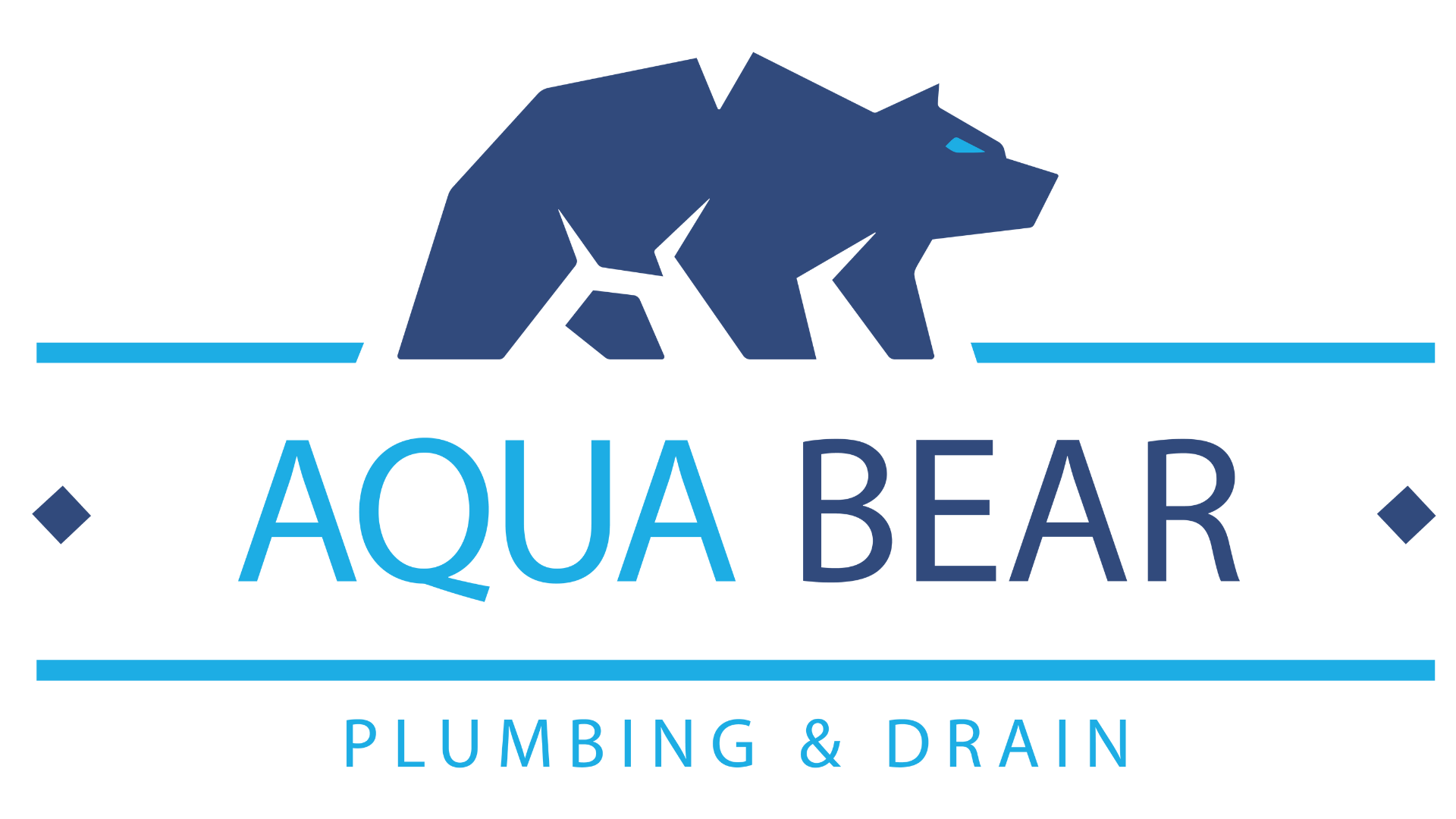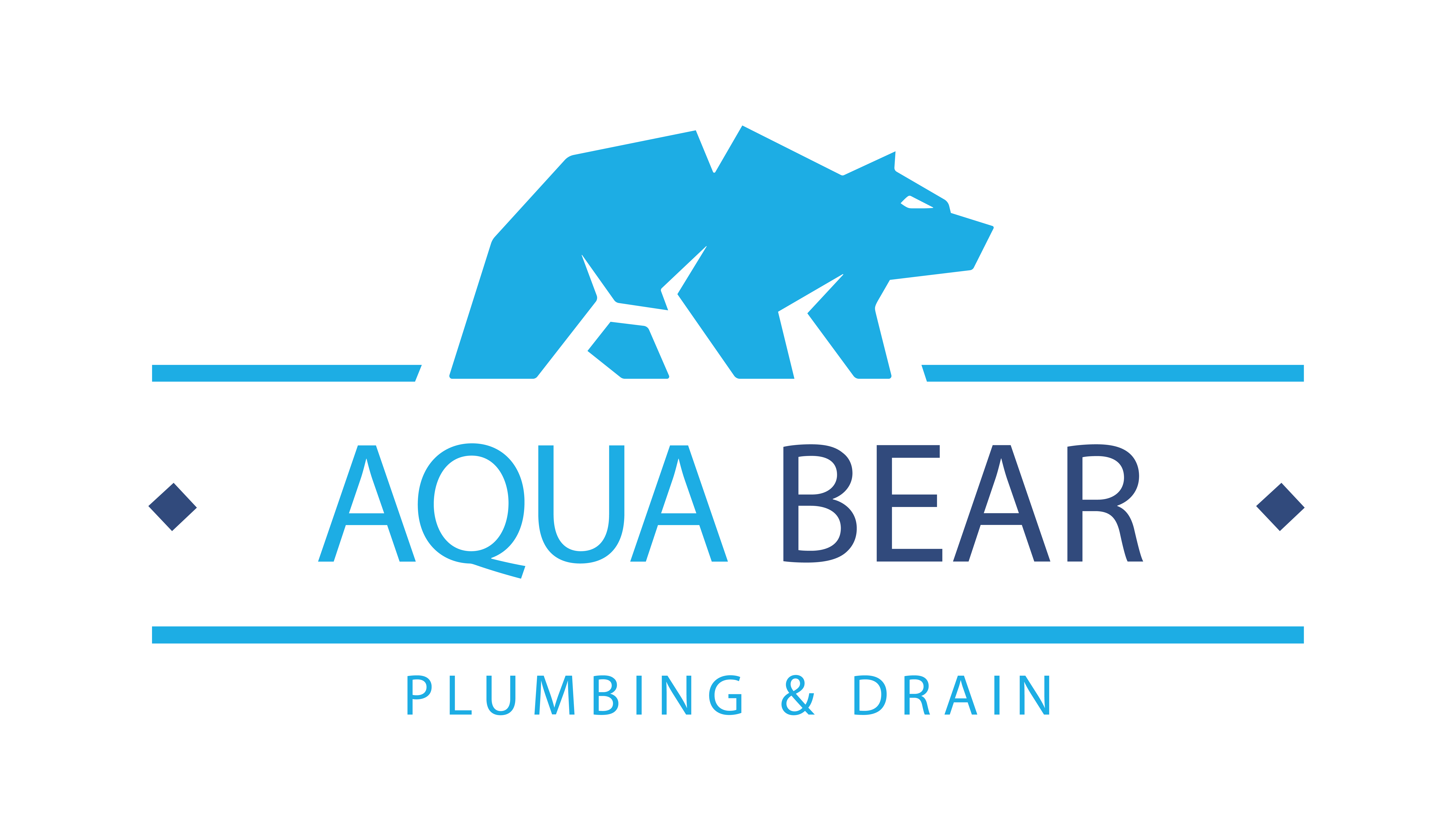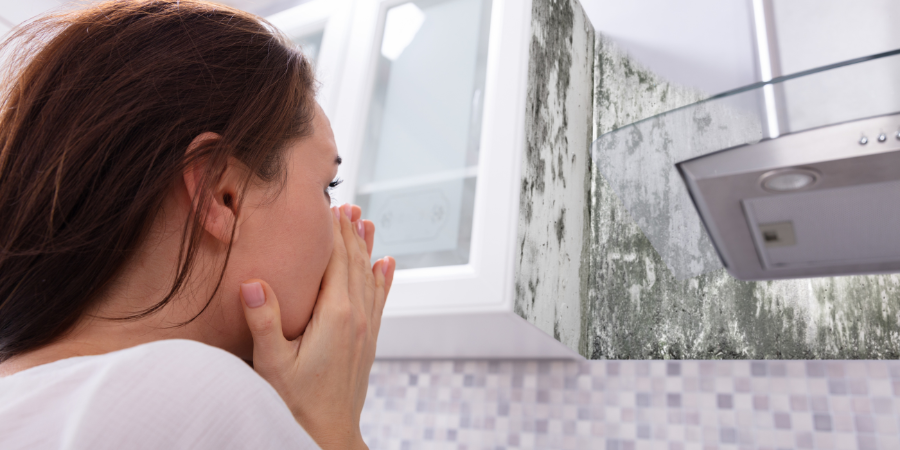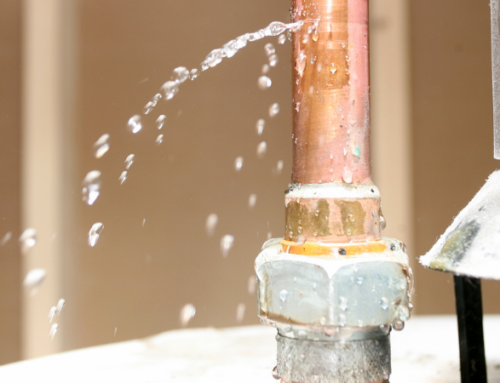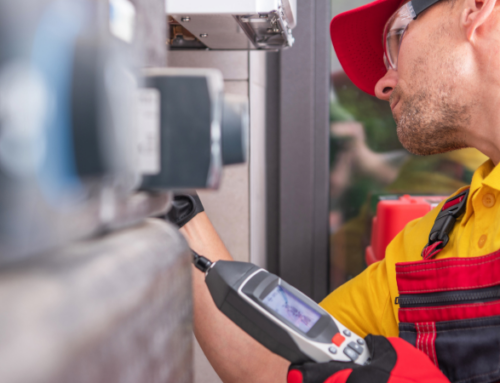Mold growth is a common aftermath of unchecked water leakage. Understanding the conditions that foster this unwelcome condition and recognizing the signs early can save homeowners considerable distress and expense. In this article, we will explore the progression, identify practical prevention tips, and provide solutions for remedying this problem.
Identifying the Source
Detecting the source of a leak is the first critical step in preventing mold growth. Often, these leaks are hidden behind walls or under floors, making them challenging to notice until significant damage has occurred.
We will discuss the use of professional techniques, such as thermal imaging and moisture meters, which can pinpoint the exact location of a leak without the need for invasive measures. Here are three tools we use.
Thermal Imaging
Thermal imaging technology is a powerful tool for detecting hidden plumbing leaks in residential properties. It offers a noninvasive means of diagnosing issues behind walls or under floors.
This technique employs an infrared camera that captures variations in temperature across surfaces, revealing discrepancies caused by moisture. As water from a leak cools a surface area more quickly than the surrounding materials, the camera highlights these cooler spots as anomalies.
By visualizing these temperature differences, plumbers can pinpoint the exact location of a leak without the need to dismantle structures or cause further disruption to the home. This not only saves homeowners considerable time and expense in repairs but also enables early detection that can prevent more extensive water damage and mold growth.
Moisture Meters
These devices measure the moisture content in various building materials, such as wood, drywall, and concrete, providing quantitative data that can indicate the presence of hidden water leaks. By pressing the meter against a surface, the device gauges the electrical resistance or capacitance change that occurs due to moisture, displaying a reading that reflects the level of dampness. The higher the moisture content, the more likely it is that there is an active leak nearby.
Dye Testing
In this method, a non-toxic dye is introduced into the water system. The dye, visible under ultraviolet light or to the naked eye, traces the path of escaping water, marking the exact point of the leak. This technique is particularly useful for detecting leaks in areas that are difficult to access, such as sewer lines or large plumbing networks.
Common Leak Locations
Plumbing systems are complex and expansive. Certain areas are more prone to leaks, making it a bit simpler for professionals to find and diagnose problems.
Underneath Sinks
Underneath sinks is a common site for plumbing leaks due to several factors. This area houses a concentration of plumbing fixtures, including water supply lines, drainpipes, and connections for faucets and garbage disposals, all of which are subject to frequent use and wear.
Connections can loosen over time, and hoses or pipes may degrade or crack due to age or chemical exposure from cleaning products typically stored under sinks. These conditions make under-sink areas a hotspot for potential leaks, requiring regular monitoring and maintenance to prevent water damage.
Base Of Toilets
The base of a toilet is a frequent site for plumbing leaks due to the constant stress and usage it endures. The wax seal, which forms a watertight connection between the toilet and the drainpipe, can deteriorate over time or become misaligned due to shifts in the toilet’s position or floor settling. This degradation allows water to escape every time the toilet is flushed, leading to leaks.
Additionally, the bolts securing the toilet to the floor can loosen, compromising the stability and integrity of the seal. Regular inspection and timely replacement of these components are essential to prevent leaks and the subsequent issues they can cause, such as mold growth.
Beneath Showers
Shower stalls or those combined with bathtubs are common sites for plumbing leaks due to their frequent use and the variety of potential failure points within their structure. Constant exposure to water, along with temperature fluctuations, can cause wear and deterioration in seals and grouting. This degradation allows water to seep through gaps, leading to leaks.
Additionally, the connections between the showerhead, faucet, and water supply lines can become loose or corroded over time. Users’ movement and weight can also stress the shower base and walls, exacerbating any small existing issues into more significant leaks.
Risks Of Plumbing Leaks And Mold
Leaking plumbing can waste money, water, and your patience. It is also a threat to the integrity of your home and your health.
Home Risks
A plumbing leak is more than a water-wasting issue. Plumbing leaks can be absorbed into the surrounding building materials, such as wooden studs, drywall, and insulation. As these structures absorb water they create the ideal conditions for mold to grow while threatening the integrity of your home’s structure. Rotting can occur, leaving your living spaces dangerous to inhabit due to possible collapse.
Health Risks
Mold in a home can lead to a variety of health problems, from allergic reactions to more severe respiratory issues. This subsection will delve into the types of mold commonly found in homes affected by plumbing leaks and the potential health risks associated with each.
Aspergillus
Aspergillus is a genus of mold commonly found both indoors and outdoors. It consists of several species, some of which are benign, while others can pose health risks, especially in individuals with weakened immune systems or respiratory conditions.It is commonly found in wet areas.
Cladosporium
Another type of mold that thrives in both warm and cold conditions. If it is growing in the hidden recesses of a home, it might lead to skin rashes, lung infections, and sinusitis.
Stachybotrys
Often referred to as “black mold,” this type is particularly notorious and thrives in continuously wet conditions caused by persistent leaks. It produces mycotoxins that can result in severe health problems, including breathing difficulties, persistent headaches, and even depression or memory loss in long-term exposure cases.
Professional Remediation Techniques
Sometimes, the extent of mold contamination may require professional remediation in addition to pipe repair. Here, we will cover the steps involved in professional mold cleanup, air filtration, and removal of contaminated materials.
Mold Remediation
Plumbers typically do not offer mold remediation services as part of their standard offering, but they can guide a homeowner to a reputable company. Mold remediation requires specific expertise, tools, and safety protocols distinct from plumbing services to remove all signs of mold infestation safely.
Air Filtration
Air filtration plays a crucial role in remedying mold growth and reducing associated health risks, particularly during and after the mold remediation process. Effective air filtration helps capture and remove mold spores from the air, preventing them from spreading to other areas and reducing the inhalation risks to occupants.
Removal Of Contaminated Items
The final step is removing all items present when the mold problem develops. Again, this is outside the expertise of a plumber, but we can guide you to the proper companies that can assist you.
Preventing Mold Growth
Rather than attacking the mold that has developed, it is best to prevent it from forming in the first place. Here, we discuss four methods for effective moisture control.
Ventilation
Effective ventilation plays a crucial role in minimizing mold growth following a plumbing leak by reducing moisture levels, which are critical for mold proliferation. Properly ventilating the affected area helps expedite the drying process, swiftly removing damp air and replacing it with dry, fresh air. This can be achieved by using fans, opening windows, and employing fans to control the indoor humidity.
Dehumidification
The addition of a dehumidifier will also speed up drying times while eliminating the moisture required for mold to grow.
Routine Maintenance
Enrolling in a yearly plumbing inspection allows a trained eye to look for the early signs of pipe leakage, including outdated materials, aging pipes, and hard water issues that destroy pipe materials.
Leak Detection Devices
We can install leak detection devices that will notify you of errant water and allow for fast response to problems. Some are so advanced that they not only signal a problem but can also turn off the water supply to reduce damage.
Looking For A Professional Plumber To Help Manage Plumbing Leaks That Lead To Mold Growth?
Undetected plumbing leaks pose a significant threat to both your home and your health by creating ideal conditions for mold growth. Awareness and timely action are paramount in preventing these issues from escalating into more serious problems.
As homeowners, it is crucial to be vigilant, conduct regular inspections, and immediately address any signs of moisture or mold. Remember, the integrity of your home and the health of your family may depend on these preventive measures.
If you suspect a leak or have noticed signs of mold in your home, don’t wait for the problem to worsen. Contact us to assess and address the issue promptly. Ensuring your home is safe and dry is not just a maintenance task; it’s an investment in your health and safety. Reach out today, and let’s keep your living environment healthy and mold-free!
